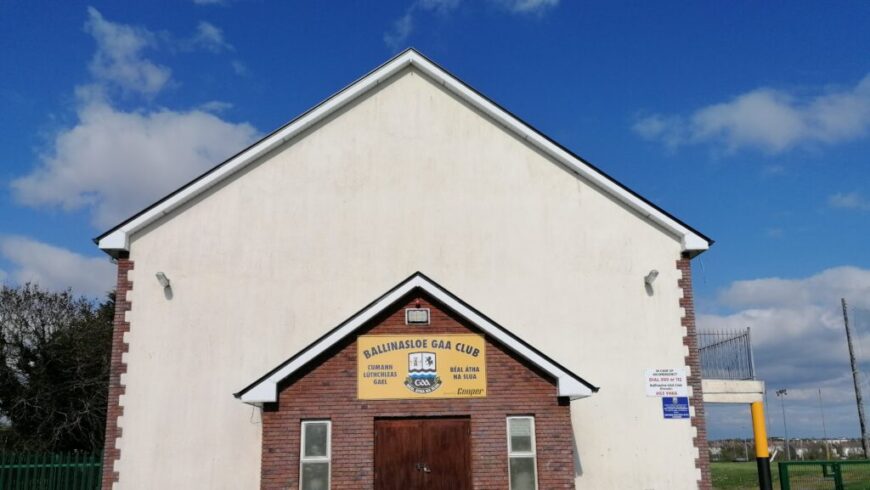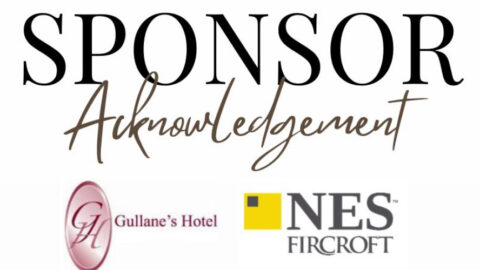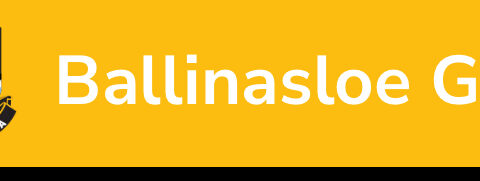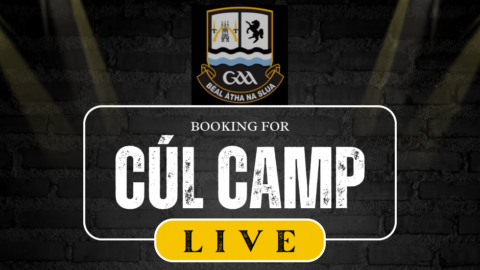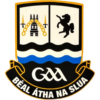 Ballinasloe GAA History
Ballinasloe GAA History
Ballinasloe’s first ever hurling game took place on The Fair Green on Easter Monday 1884 between Killlimor and Eyrecourt. Since this date Gaelic Games have been a pillar in Ballinasloe’s society. Since the games’ inception its popularity in Ballinasloe has been integral to its success. The first football game in Ballinasloe GAA’s successful history took place on the 31st of March 1893 in a field in Pollboy. The game was between Creagh and Ballinasloe, Ballinasloe was captained by Thomas Cunningham and Creagh by T.F Burke. Creagh came out on top in a low scoring game of 2-01 to 1 point.
Late that year, June 1893, saw Ballinasloe fulfil another fixture where they were welcomed out to Kiltormer to take on Killoran in a Gaelic Football game under GAA rules.
As stated earlier, Ballinasloe’s association with Gaeilic games can be traced back beyond an inaugural meeting of the GAA which was held in Thurles on November 1st, 1884; on an earlier date in 1884 Killimor and the Dublin Metropolitan Hurling team played a hurling challenge in Ballinasloe and included in the that Dublin team was Michael Cusack who, later in the same year, was to be a founder member of the Association. Nevertheless, by 1866, when several clubs in East Galway were affiliated to the GAA, there was no mention on Ballinasloe, probably for the reason that the main emphasis was on hurling and Ballinasloe, at this time, was not a hurling area. Records show that by 1889 Ballinasloe had a football club with J.F. Gibney as captain. Despite the Parnell crisis the Galway Football Championship for 1891 was playe and Ballinasloe participated, playing Mountbellew in Ahascragh on May 24th of that year. In 1892 P.D. Brennan of Ballinasloe became Assistant County Secretary. The stresses and strains experienced during these early years of the Association were ended in Galway on May 7th, 1896, from a County Committee meeting held in Ballinasloe the machinery of the organisation was finally streamlined.
Up to 1913 the Ballinasloe club had not enjoyed success on the field of play; between 1887 and 1912 Tuam won twelve Couny Titles, Dunmore won eight, other winners being Loughrea and Athenry while Ballinasloe was without a title. 1913 was an historic year for the GAA- temas were reduced from 17 to 15, Louth vs Kerry clashes gave the GAA its first £1000 gate.
In Ballinasloe the year 1913 will always be associated with the Father Broderick Town League which was to bring football in Ballinasloe and the county to new heights. From this Town League came the names that have become legendary: The Egan brothers, Denis, Johnny, Tom and Martin; Paddy Roche, “Trixie” Leech, Willie Smith, “Knacker” Walsh, Paddy Ganly, Leonard McGrath and a host of others. From 1913 to 1920 Ballinasloe powered by these men were undefeated in the Galway Championship.
In 1919 Ballinasloe’s Tom Egan captained the Galway team that beat Kerry in the replay of the All Ireland semi-final and thus set a precedent for 1938 when Galway, again captained by a Ballinasloe man, John Dunne, defeated Kerry in the replayed All-Ireland Final of that year. In 1924, these Ballinasloe stalwarts failed narrowly to Dublin (0-6 to 0-4) in the All- Ireland semi-final but made amends in 1925 when captained by “Knacker” Walsh, they won for Galway its first All Ireland Senior Football Title.
1931 saw Joe Kelleher lead Galway to All Ireland victory in the Junior Championship. Also on the team were Mick Connaire and John Dunne, men who were to become household names over the next decade. In Galway’s All Ireland victories in 1934 and 1938 these men, together with P.J. MacDonnell, Charlie Connolly and Johnny Casey were again to the fore.
Derrymullen Ball Alley Club.
In 1926 a group of young Derrymullen people used to play handball at the railway station, but the station master at that time put an end to these activities. As a result the first meeting of the Derrymullen Handball Club was called and held in Tommy Craddock’s house. The first officers of the club were: Brian Craughwell (Chairman), Jack Fallon and Denis Egan (joint Secretary/ Treasurer) and John Johnston (Vice-Chairman). It was agreed that each member from each family in the village would be on the committee. A lot has changed since then and with recent refurbishments the club’s popularity has found a new lease of life.
